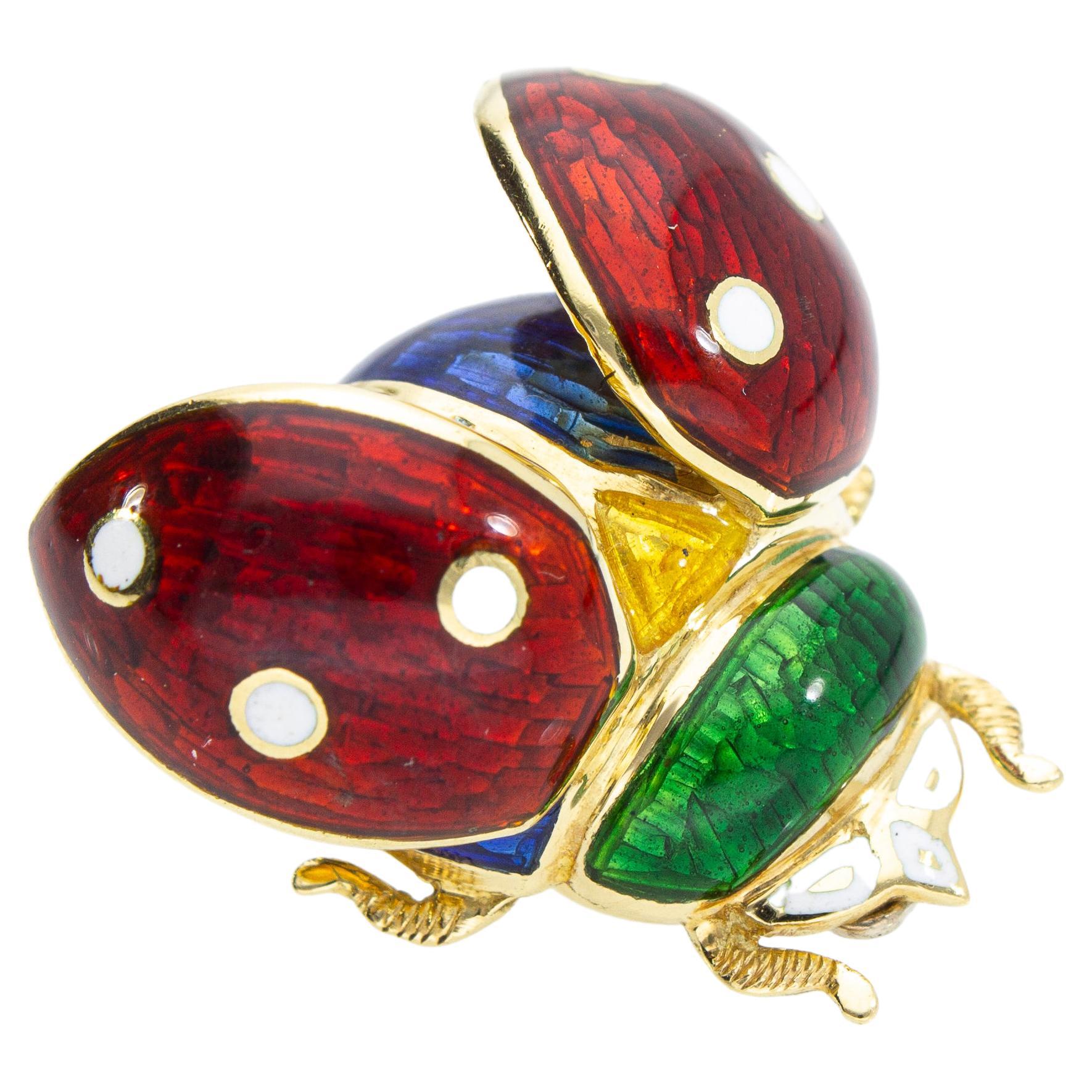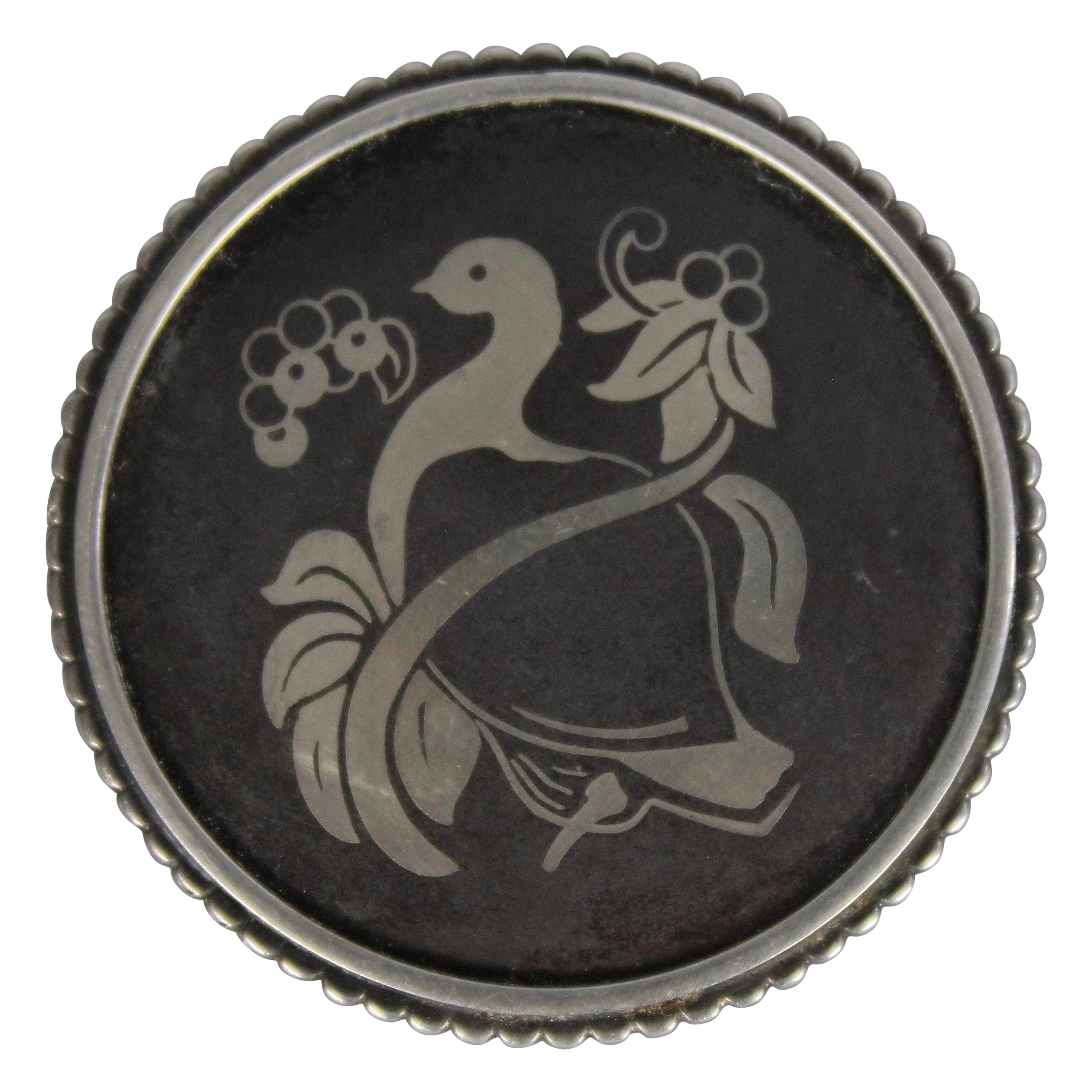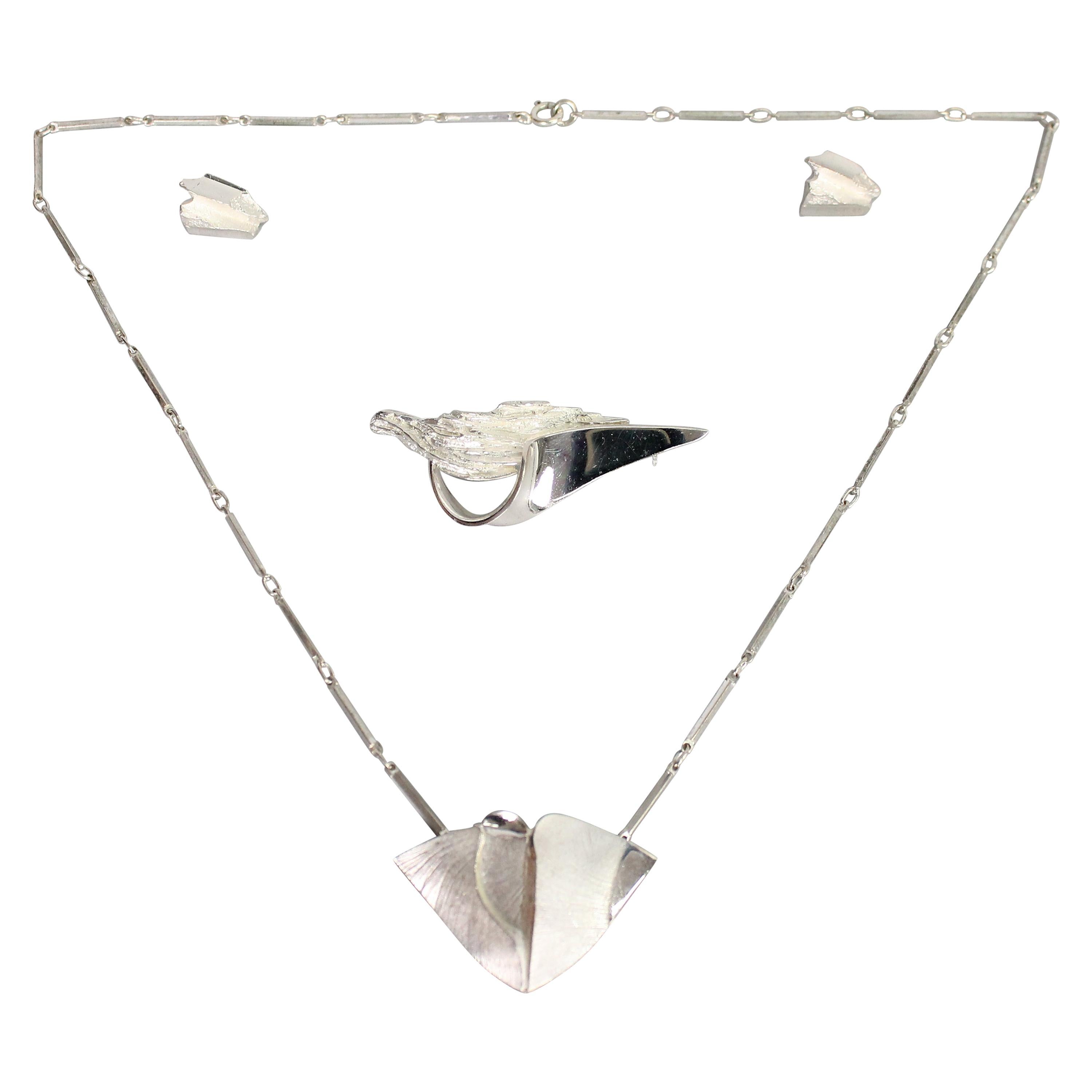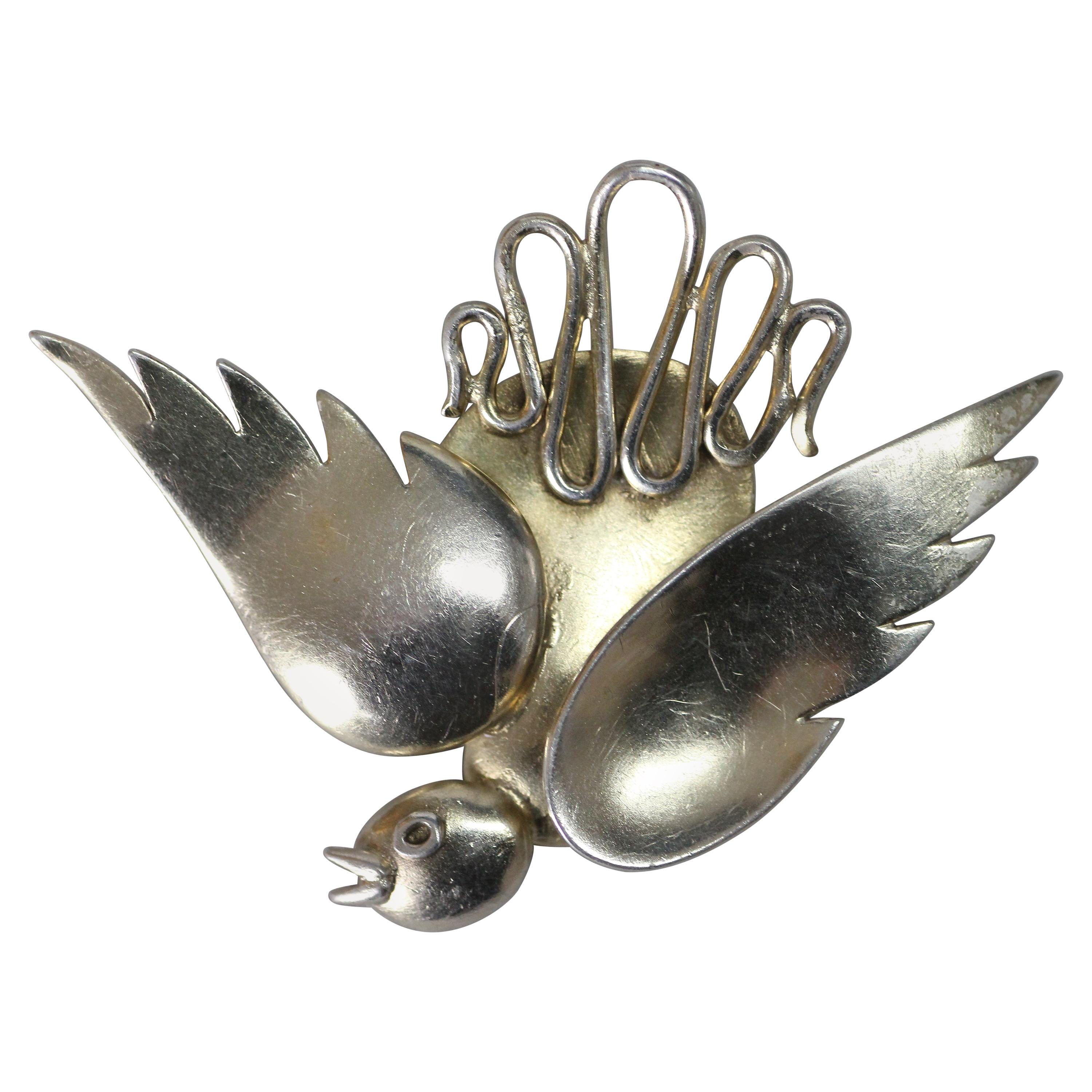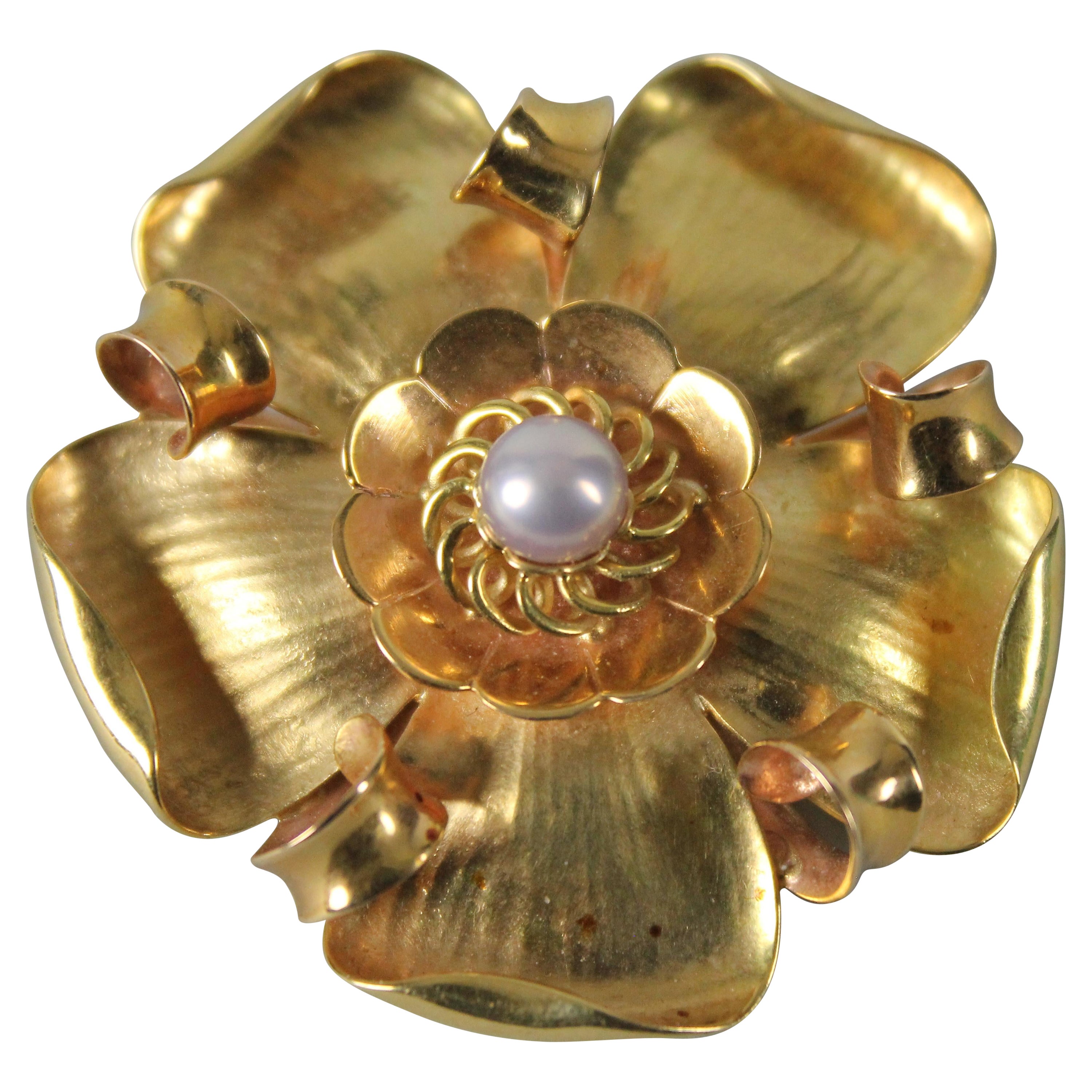CoutureChanel Antique Byzantine ThePurpleHeart PearlAmethystQuartz GoldMedallion
About the Item
- Creator:
- Design:
- Metal:Gold,Gilt Metal,Yellow Gold
- Stone:Amethyst,Pearl,Quartz
- Stone Cut:Bead
- Weight:31 g
- Dimensions:Width: 2.17 in (55 mm)Depth: 0.99 in (25 mm)Length: 1.97 in (50 mm)
- Style:Byzantine
- Place of Origin:France
- Period:1930-1939
- Date of Manufacture:1930-1932
- Condition:Wear consistent with age and use.
- Seller Location:Chicago, IL
- Reference Number:1stDibs: LU3244218601662
Chanel
In the years following the opening of her modest millinery shop, Gabrielle "Coco" Chanel became a pivotal designer of both fashionable casual wear and Paris haute couture as well as an icon and arbiter of 20th-century style with her bob haircut and pearls. Today vintage Chanel handbags, jackets and evening dresses are among the most sought-after clothing and accessories for fashion lovers all over the world.
The first Chanel shop was established in 1910 in Paris on rue Cambon by the young milliner Gabrielle Chanel (1883–1971), who had picked up the nickname “Coco” while working as a club singer. The boutique drew the attention of the Parisian fashion elite who popularized her wide-brimmed Chanel Modes hats. Soon she added a sportswear store in the Normandy resort town of Deauville, where Coco set the tone for her defining sense of style — traditionally masculine garments reimagined for feminine shapes, made from simple jersey fabric.
Effortless and elegant, Chanel's designs promoted comfort and grace in women’s wear that had been dominated in the previous century by complicated layers of fabric and cumbersome corsets. She followed this success with a couture house, opened in 1915 in Biarritz.
But Chanel was not born into a life of glamour. Following the death of her mother, her father left her in an orphanage where she lived until the age of 18. It was there that she learned to sew as well as appreciate the classic pairing of black and white as worn by the nuns. In 1926, she introduced her first little black dress, reclaiming a color that had once been reserved for mourning and working-class women. That same decade, she debuted her perfume, Chanel No. 5, as well as the Chanel suit with a fitted skirt, inspired by the boxy lines of men’s clothing and employing a sporty tweed.
Chanel closed her fashion operations during World War II, then returned to the industry in 1954 to design for the functional needs of modern women. Structure and wearability endured in all of Chanel’s clothing and accessories, like the quilted leather 2.55 handbag introduced in 1955 with its gold-chain shoulder strap that freed up a woman’s hands. Chanel's collarless jacket reacted against the constricting styles of Christian Dior's New Look, replacing them with a design that was timeless, an instant classic. The 1957 two-tone slingback pumps had a practical heel height while offering a bold statement in the black tip of the shoes.
After Coco Chanel died in 1971, the brand underwent several changes in leadership, including fashion designer Karl Lagerfeld, who took over as artistic director in 1983. Over the years, the company has continued to innovate, such as expanding into ready-to-wear fashion in 1978 and, in 2002, establishing a subsidiary company — Paraffection — dedicated to preserving the heritage skills of fashion artisan workshops. The House of Chanel still operates its flagship on rue Cambon in Paris, where it all began.
Browse vintage Chanel bags, evening dresses, shoes, jewelry and other clothing and accessories on 1stDibs.
- ShippingRetrieving quote...Ships From: North Adams, MA
- Return PolicyA return for this item may be initiated within 1 day of delivery.
- Antique ArtNouveau Austria Scheid RareMark Pave BlueZircon Silver Snakes BroochBy Georg Adam ScheidLocated in Chicago, ILDuring the Art-Nouveau period while German-born Vienna-based silversmith, niello master, and entrepreneur Georg Adam Scheid (1837-1921) was prospering from a related refinery busines...Category
Early 20th Century Austrian Art Nouveau Brooches
MaterialsAquamarine, Diamond, Sapphire, Zircon, Silver, Sterling Silver
- MiriamHaskell WWII FrankHess PurpleGlassFlowersGoldLeaves WiredPlasticBackBroochBy Frank Hess for Miriam HaskellLocated in Chicago, ILBeginning in 1939, Miriam Haskell asked her first designer Frank Hess to sparingly use metal in the costume-jewelry collections during WWII while war materials were needed. So their ...Category
Vintage 1940s American Baroque Revival Brooches
MaterialsMixed Metal
- 1941 ChanelRelevant American Reinad ArtDecoStyle Silver PolkaDot LargeBow BroochBy ReinadLocated in Chicago, ILIn Spring 1941 after French fashion couturier Gabriel "Coco" Chanel had stopped production of her clothing designs while she remained in Europe during the WWII era, the decades-old American costume-jewelry company Reinad began imprinting pieces in its new retail line, Chanel Novelty Co, with the script signature "Chanel". As this was prior to the use of the sans-serif capital-letter signature "CHANEL" on French-made jewelry that was commissioned by the Parisian designer, as well as before U.S.-copyright protection began in 1955, the House of Chanel that was mostly owned by the Jewish Wertheimer family of venture capitalists (who remarkably still produced Parfums CHANEL and French-vineyard wine via legal proxy while they lived in asylum in The States during the war) filed a U.S. lawsuit to demand that Reinad halt the use of its founder's famous last name. As the Werthheimers' quickly won, Reinad only produced the single seasonal collection stamped with the French brand name, and subsequently only imprinted its company name as the sans-serif capital-letter signature "REINAD" without a copyright symbol, which was different that its prior signatures dating back to its founding in 1922. When Chanel herself resumed French-made fashion production in Paris in 1953 (with Werthheimer support leading to their acquisition of all rights to her name despite her post-war eight-year exile in Switzerland due to close association with Nazis), for the first time all of her creations were signed "CHANEL" like the original packaging of the exceedingly profitable "No.5" perfume. While Reinad continued to produced costume jewelry until 1954, in the last decade of this business, the U.S. company continued to try to appeal to potential Chanel buyers by at least making Chanel-style designs. As such, owning an attractive and well-made Reinad piece can be considered a useful investment in fashion history as evidence of a little-known turning-point involving the most famous ongoing luxury-fashion business Chanel, as well as of the impact of that legal judgement had on advancing U.S. design protection for brands that later used the copyright symbol. Like early ArtDeco-style oversized heavy metallic costume jewelry by Chanel, this three-dimensional monochrome silver-alloy polkadot bow brooch imitates a pale polkadot-textured ribbon. Notably, while high-quality ribbon for styling hair or decorating clothing in a non-functional way was still an expensive accessory...Category
Vintage 1940s American Art Deco Brooches
MaterialsRhodium, Silver, Base Metal
- MiriamHaskell c1929 FrankHess Rare FurClips GoldGiltBrass 3ChainFloraBow LariatBy Frank Hess for Miriam HaskellLocated in Chicago, ILAs one of Miriam Haskell's earliest fur clips from the late 1920s, these two Russian-gold gilt mostly brass brooches by her first designer Frank Hess are tethered as a lariat by thre...Category
Vintage 1930s American Baroque Revival Brooches
MaterialsYellow Gold, Brass, Gilt Metal
- 1938 ElsaSchiaparelli CouturePagan DeposeFrance FeatherCrystalGold Bird BroochBy Elsa SchiaparelliLocated in Chicago, ILUnusually decorated with small partridge feathers like the yellow-gold gilt necklace commissioned by Elsa Schiaparelli (1890-1973) that is featured on the front-and-back covers and centerfold of the French costume-jewelry hardcover book, Lina Baretti Parures, by Patrick Mauries, this unique pave-crystal yellow-gold gilt metal partridge-on-a-branch brooch is further distinguished as an unsigned Parisian-couture piece for Italian-born Schiaparelli with its combination of embossed text "Made In France" and "Modele Depose", along with the trombone clasp often used in the early 20th Century for custom-made French small brooches. The book centerfold on pages 90-91 shows a closeup of the feathered necklace created by French-born Corsican Baretti, whose intricate decoration often mixed ready-made textural or shiny materials like velvet, cork, wire, rhodoid or raffia with custom-made metal, plastic or glass by specialized Parisian workshops such as Gripoix. The Baretti-book caption about the attributed necklace notes: "Collier realise pour Elsa Schiaparelli. Liege, soie, cannetille, perles de verre et plumes de perdix. Chaine en metal." While none of the captions date this necklace--which could have been from the same commission as our brooch--Baretti created one-of-a-kind jewelry for Schiaparelli from the 1930s until the early 1950s when the fashion designer retired. Our brooch was most likely made for a fashion-show debut of one of Schiaparelli's themed clothing collections in the late 1930s for which she commissioned many costume-jewelry paruriers including Baretti. See our photo of a Schiaparelli 1930s...Category
Vintage 1930s French Artisan Brooches
MaterialsCrystal, Gold, Yellow Gold, Gilt Metal
- Cruciform NielloInlay FleurDeLys GiltEngravedCopperAlloy Heraldry Brooch PendantLocated in Chicago, ILThis 15th-Century period or older gilt copper and silver alloy amulet with niello inlay is an elaborately engraved three-dimensional brooch and pendant, which demonstrates the epitome of miniature decorative nielli in the early Renaissance by European goldsmiths of small cruciform or quatrefoil objects with heraldry symbols. Beyond a dense array of engraved radiant-light, cloud and star motifs with punchwork, it features a 10mm fine black crested staff that is the Christian symbol for the Holy Trinity. This intricate engraving with niello has fleur-de-lys elements, like a French or Florentine coat-of-arms or monogram used to identify noble families or a significant person like a king. It tops a 5mm bar, which is bracketed by 10mm peaked bars that form a cross. When worn, it is positioned horizontally like an elongated barbed quatrefoil. The bars may be concealing a relic such as wood, while it is not clear how these pieces are attached to the front. As a symbol of French conversion to Christianity, the French King Louis in the 12th Century made a fleur-de-lys element of the Holy Trinity vector the official emblem of his royal authority on shields. Later, English kings adopted it when claiming the French throne. By the 14th Century, the fleur-de-lys was used in family insignia that was sewn onto a knight's coat-of-mail surcoat. This coat-of-arms insignia could identify them if found on a battlefield. The Met Cloisters museum collection includes a similarly sized mid-15th Century French gold brooch...Category
Antique 15th Century and Earlier European Renaissance Brooches
MaterialsGilt Metal, Mixed Metal, Niello, Silver, Copper
- Ladybug-Shaped Pendant and Brooch with Enamel of Various ColorsLocated in Rome, ITThe pendant in the shape of a ladybug with open wings, can be worn both as a pendant and as a brooch. The ladybug is decorated with transparent enamels of various colors. Its manufa...Category
Antique 19th Century Retro Pendant Necklaces
MaterialsEnamel
- Otto Strandman Art Nouveau 1914 Bacchus Silver Brooch, Stockholm SwedenLocated in Skanninge, SEBacchus the wine god by Otto Strandman (1871-1960), Stockholm 1914. Wonderful Swedish Art Nouveau silver brooch. Great condition, no issues. With full s...Category
Vintage 1910s Swedish Art Nouveau Brooches
MaterialsSilver
- Atelier Borgila Stockholm 1944, Modernist Brooch in Gilt Sterling SilverBy Atelier BorgilaLocated in Skanninge, SEVery nice modernist brooch depicting a bird in flight. Gilded sterling silver with maker marks. Fine vintage condition, only some minor scratches. Atelier Borgila was founded by de...Category
Mid-20th Century Swedish Modernist Brooches
MaterialsSterling Silver
- Harald Nielsen for Georg Jensen Denmark BroochBy Harald NielsenLocated in Skanninge, SEA fine brooch by Harald Nielsen for Georg Jensen. Made during world war II. It is made in silver and patinated steel. This was something they did because of the war. Marked "HN GEOR...Category
Vintage 1940s Danish Modernist Brooches
MaterialsSterling Silver, Stainless Steel
- Matti J Hyvarinen a Set of Necklace, Earrings and a Brooch, Sterling, FinlandBy Matti J. HyvärinenLocated in Skanninge, SEA set of necklace, a pair of earrings, and a Brooch in sterling silver by Matti J Hyvarinen Finland. All parts marked "MJH 925". Made in the 1970s. V...Category
Vintage 1970s Finnish Modernist Brooches
MaterialsSterling Silver
- Erik Fleming for Borgila 18k Gold Brooch, Stockholm Sweden, 1944By Atelier BorgilaLocated in Skanninge, SEWonderful 18k gold brooch depicting a flower. Made by Erik Fleming (1894-1954) for Borgila. 18k gold together with one pearl. Great condition, no issues. Diameter 4.5cm (in 1.78)Category
Vintage 1940s Swedish Modernist Brooches
Materials18k Gold
Recently Viewed
View AllRead More
From the Runway to Rihanna, These Chanel Pearl Sunglasses Are the Peak of ’90s Chic
This cheeky accessory is seriously fun.
With a Wink, Karl Lagerfeld Sent This Egg-Carton-Shaped Chanel Bag Down the Runway
For the brand’s 2014–15 ready-to-wear show in Paris, the designer was inspired by a most unexpected place: the supermarket.
